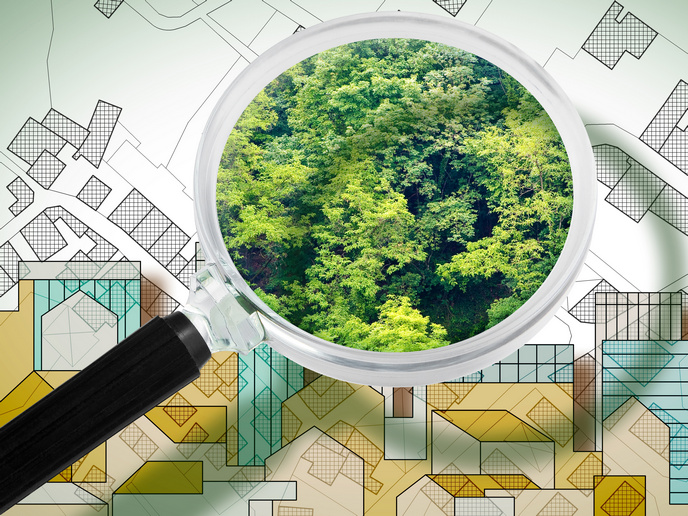Advancing air pollution research in indoor environments
Many people spend the majority of their time in the home and office or travelling between the two, where they are exposed to air pollution in the form of aerosols made up of fine solid particles or liquid droplets. The extent to which this regular exposure to aerosols in urban homes, workplaces, and private and public transport affects humans has not yet been fully determined. With the help of EU funding, the HEXACOMM (Human exposure to aerosol contaminants in modern microenvironments) project examined and characterised aerosols through a training programme involving doctoral and postdoctoral students. Project partners used scientifically based modelling and experimental methods to relate concentrations of particulate matter in the indoor domestic environment to its sources. They also determined the risk to humans from such exposure at both the individual and collective (population) scale in modern microenvironments. Researchers investigated physical and chemical aerosol properties in urban homes, modern offices and industries throughout Europe. They also measured the effect of particles from indoor paints and the air quality of underground metro stations in Athens, Barcelona, Oporto and Prague. In other work, mathematical models were created to determine particle build-up in the respiratory system, ventilation systems were studied for their effectiveness in removing particles from inhaled outdoor air, and approaches for reducing exposure to gaseous and aerosol pollutants in hospitals were explored. HEXACOMM efforts will improve understanding of the sources, emission rates, source apportionment methodologies, mechanisms and concentration characteristics of aerosols in the indoor environment, including nanoparticles and their chemical composition and bioaerosols. Greater knowledge of how aerosols impact human health on a daily basis will result in improved indoor air quality. It will also lead to strategies to mitigate the impact of aerosols on human exposure, benefiting the general public such as office workers and metro commuters plus other groups like workers in the nanotechnology sector.
Keywords
Aerosols, HEXACOMM, human exposure, microenvironments, air quality







